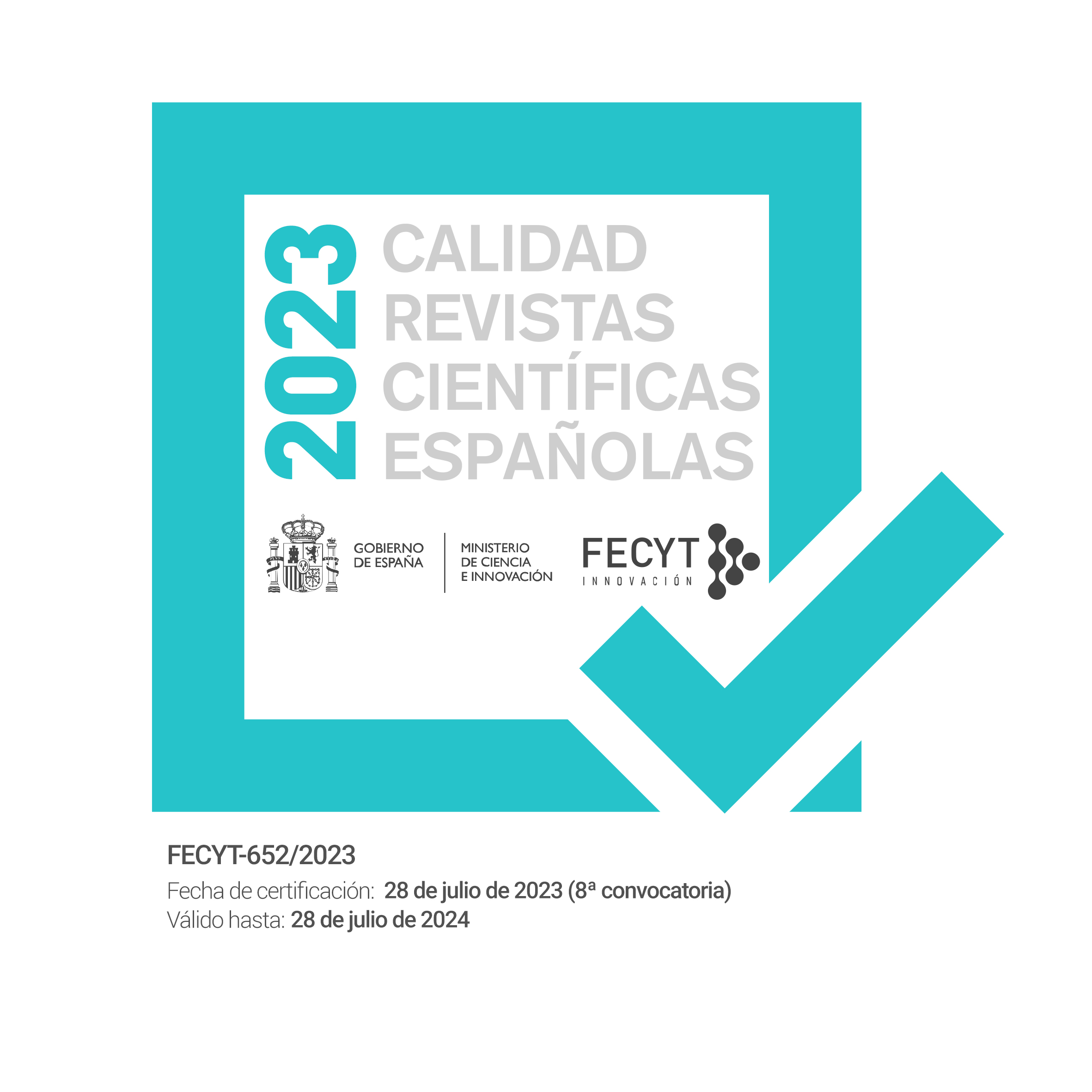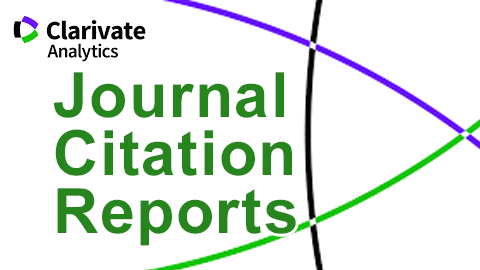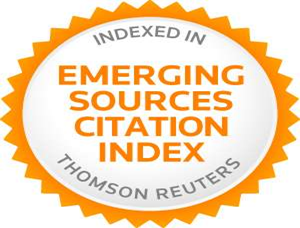-ING CLAUSES AND THEIR FUNCTIONS ACROSS LEGAL ENGLISH CORPORA: A COMPARATIVE GENRE-BASED STUDY
Resumen
Abstract. The submitted paper aims to detect and examine any regularities in the employment of -ing clauses classified into two functional varieties (present participial and gerundial) across two corpora of British legal English: Acts of Parliament and Appellate Judgments. The main purpose of the presented genre-based descriptive study is to analyse -ing clauses and their minor structural and semantic variants taking into account their syntactic functions in the respective genre of legal English as well as the communicative purpose of their immediate co-text. The analysis shows that -ing clauses are used in highly genre specific ways, both formally and functionally speaking.
Keywords: gerund, present participle, legal English, linguistic communication
Resumen. Oraciones subordinadas encabezadas por gerundios y participios presentes y sus funciones en el corpus de inglés jurídico. Un estudio comparativo.
El objetivo de este artículo es analizar el funcionamiento de oraciones subordinadas encabezadas por las formas no personales del verbo, específicamente por gerundios y participios presentes. El análisis se ha llevado a cabo en dos géneros de inglés jurídico: leyes parlamentarios y sentencias de segunda instancia. El análisis elaborado dentro de una perspectiva de género trata las oraciones subordinadas encabezada por gerundios y participios desde la perspectiva sintáctica y textual, tomando en cuenta sus variantes construccionales y semánticos y al mismo tiempo tratando de averiguar si existen algunas correspondencias entre las oraciones subordinadas encabezadas por gerundios y participios y otras características lingüísticas y comunicativas del texto. El análisis ha demostrado que las funciones de las oraciones subordinadas encabezadas por gerundios y participios se desempeñan de maneras específicas en los géneros de textos analizados en este estudio. Asimismo, las coocurrencias de ciertas características de la oración se adecuan a los objetivos retóricos del género indicado.
Palabras clave: gerundio, participio presente, inglés jurídico, comunicación lingüistica
Citas
References
Alcaraz, Varó E. and B. Hughes. 2002. El Español jurídico. Barcelona: Ariel Derecho.
Allerton, D.J. 1979. Essentials of Grammatical Theory. A Consensus View of Syntax and Morphology. London: Routledge and Kegan Paul Ltd.
Bhatia, V. K. 2004. Worlds of Written Discourse: A Genre-Based View. London: Continuum International
Bhatia, V. 1993. Analysing Genre. Language Use in Professional Settings. London: Longman.
Bhatia, V., P. Sánchez Hernández and P. Pérez-Paredes, eds. 2011.
Researching Specialized Languages. Amsterdam: John Benjamins.
Biber, D. 2006. University Language: A Corpus-based Study of Spoken and Written Registers. Amsterdam: John Benjamins.
Biber, D., S. Johansson, G. Leech, S. Conrad and E. Finegan. 1999.
Longman Grammar of Spoken and Written English. Harlow, Pearson Education Ltd.
Black, D. R. 2000. Legal English: Genres and Argumentation. An analysis of the genres and argumentative structures of legal English. In Teanga 19, The Irish Yearbook of Applied Linguistics, 171-198. Dublin: IRAAL.
Breeze, R. 2013. Traversing legal narratives. In Gotti, M. and C.S. Guinda (eds.). Narratives in Academic and Professional Genres, 343 - 362. Bern: Peter Lang.
Carter, S. and T. and E. Rowley-Jolivet. 2014. A syntactic perspective on rhetorical purpose. The example of if-conditionals in medical Editorials. Ibérica 28 (2014): 59-82.
Chalker, S. and E. Weiner. 1994. The Oxford Dictionary of English Grammar. Oxford: Oxford University Press.
Conrad, S. and D. Biber. 2001. Variation in English. Multi-dimensional Studies. London: Longman.
Crystal, D. and D. Davy. 1969. Investigating English Style. Bloomington: Indiana University Press.
Dontcheva-Navratilova, O. 2005. Supplementive Clauses in Resolutions. In Theory and Practice in English Studies 3: Proceedings from the Eight Conference of British, American and Canadian Studies, 43-52. Brno: Masarykova Univerzita.
Downing, A. and P. Locke. 2006. English Grammar. A University Course. 2nd edition. Abingdon, Oxon: Routledge Ltd.
Duffley, P. 2006. The English Gerund – Participle. A Comparison with the Infinitive. New York: Peter Lang.
DuÅ¡ková, L.1988. Kapitola II. Syntax. In DuÅ¡ková, L. et al.: Mluvnice souÄasné angliÄtiny na pozadí ÄeÅ¡tiny. 309-647. Prague: Academia.
DuÅ¡ková, L., ed. 2003. Dictionary of the Prague School of Linguistics.
Amsterdam: John Benjamins B.V.
Godź-Roszkowski, S. 2011. Patterns of Linguistic Variation in American Legal English: A Corpus-Based Study. Bern: Peter Lang.
Gotti, M. 2008. Investigating Specialized Discourse. Bern: Peter Lang.
Greenbaum, S. 1996. The Oxford English Grammar. New York: Oxford University Press.
Hafner, C. A. 2014. Professional communication in the legal domain. In
V. Bhatia and S. Bremner (eds). The Routledge Handbook of Language and Professional Communication. 349-363. New York: Routledge.
Hiltunen, R. 1990. Chapters on Legal English: Aspects Past and Present of the Language of the Law. Helsinki: Suomalainen Tiedeakatemia.
Hiltunen, R. 1984. The type and structure of clausal embedding in legal English. In Text – Interdisciplinary Journal for the Study of Discourse, vol. 4: 107-121.
Hladký, J. 1961. Remarks on complex condensation phenomena in some English and Czech contexts. Brno Studies in English, vol.3: 105-118. Prague: SPN.
Huddleston, R. and G.K. Pullum. 2005. A Student`s Introduction to English Grammar. New York: Cambridge University Press.
Huddleston, R. and G.K. Pullum. 2002. The Cambridge Grammar of the English Language. Cambridge: CUP.
Hudson, R. 2000. Gerunds and multiple default inheritance. UCL Working
Papers in Linguistics 2000 (vol 12), 418-447.
Janigová, S. 2008. Syntax of -ing Forms in Legal English. Frankfurt am Mein: Peter Lang.
Lockwood, D. C. 1992. Syntactic Analysis and Description. A Constructional Approach. London: Continuum.
Maley, Y. 1985. Appellate discourse. The case of the legal judgment. Beitrage zur Phonetik und Linguistik 48: 159-173.
Maley, Y. 1994. The language of the law. In J Gibbons (ed.) Language and the Law, 11-50. London: Longman.
Mathesius, V. 1975. A Functional Analysis of Present Day English on a General Linguistic Basis. Prague: Academia.
Mazzi, D. 2007. The construction of argumentation in appellate texts: Combining a genre and a corpus perspective. Argumentation (21) 2007/01: 21-38.
Mazzi, D. 2006. ««This is an attractive argument, but..’’: Argumentative conflicts as an interpretive key to the discourse of judges. In V. Bhatia and M. Gotti (eds.), Explorations in Specialised Genres, 271 – 291. Bern: Peter Lang.
Poldauf, I. 1955. Infinitiv v angliÄtinÄ› [The English Infinitive]. ÄŒasopis pro Moderní Filologii, vol. 36: 9-23. Prague: Klub Moderních Filologů.
Quirk, R., J. Svartvik, G. Leech, and S. Greenbaum. 1985. Comprehensive Grammar of the English Language. New York: Longman Group Ltd.
Ruiz Moneva, M.A. 2013. Cognition and context of legal texts: Spanish and English judgments compared. Revista de Lingüística y Lenguas Aplicadas 2013 (8): 76-92.
Sánchez, Febrero J.L. 2003. Legal English and Translation: Theory and Practice. Alicante: Imprenta Gamma.
Swales, J. M. 1990. Genre Analysis. English in Academic and Reearch Settings. Cambridge: CUP.
Sweet, H. 1999. A New English Grammar, Logical and Historical. Part II Syntax. Elibron.com, 1999, a reprint of the original edition published by Clarendon Press in Oxford in 1898.
Tiersma, P. M. 1999. Legal Language. Chicago: The University of Chicago Press.
Trnka, B. 1930. On the Syntax of the English Verb from Caxton to Dryden. Travaux du Cercle Linguistique de Prage, vol. 3. Prague: Jednota Äeskoslovenskych matematiků a fysiků.
Vachek, J. 1968. A Linguistic Characterology of Modern English. 3rd edition. Prague: SPN.
Vázquez Orta, I. 2010. A genre-based view of judgments of appellate courts in the common law system. In Gotti, M. and Ch. Williams (eds). Legal Discourses Across Languages and Cultures, 263-268. Bern: Peter Lang.
Williams, Ch. 2007. Tradition and Change in Legal English. Verbal Constructions in Prescriptive Texts. 2nd edition. Bern: Peter Lang AG, European Academic Publishers.
Descargas
Publicado
Número
Sección
Licencia
Derechos de autor 2016 Zuzana Nadova

Esta obra está bajo una licencia internacional Creative Commons Atribución-NoComercial 4.0.
Reconocimiento – No comercial (CC BY-NC). Bajo esta licencia el usuario puede copiar, distribuir y exhibir públicamente la obra y puede crear obras derivadas siempre y cuando estas nuevas creaciones reconozcan la autoría de la obra original y no sean utilizadas de manera comercial.
Los autores retienen todos sus derechos de publicación y copyright sin restricciones.









